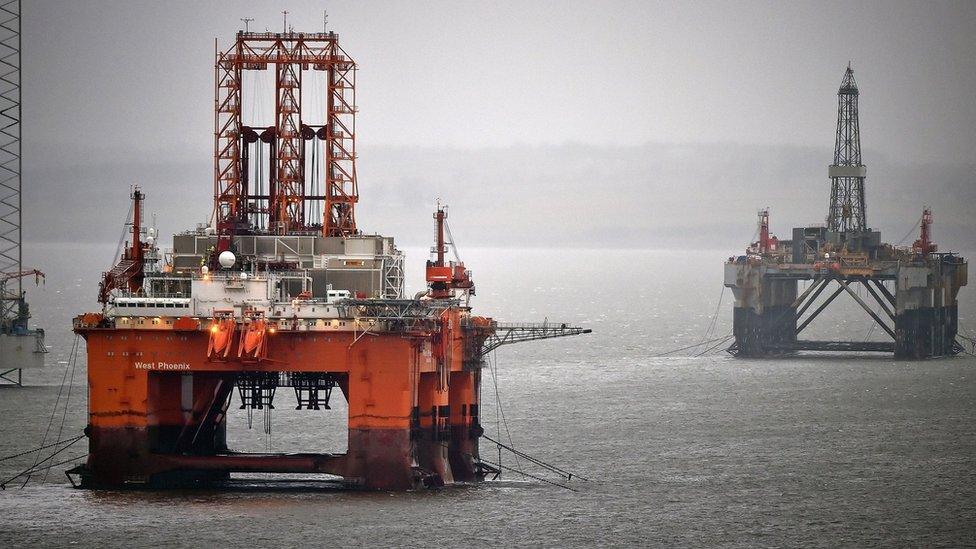Oil price: fluid, pumped up or sticky?
- Published
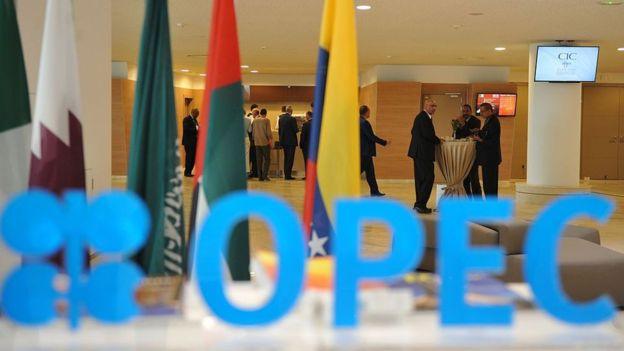
There's not much point in a cartel that doesn't collude. So after an eight-year gap since it last flexed its market muscle, Opec reassured at least itself that there's life in the old stitch-up yet.
The last two of these years have seen the 14 members of the Organisation of Petroleum Exporting Countries, with around 43% of world production, let their production levels fly free.
It was at the 2014 winter meeting at its Vienna headquarters, when the price had already been falling for five months, that Saudi Arabia made plain that it was going to keep pumping. The price could fall, and the devil take the hindmost.
The hindmost Riyadh had in mind were the US shale oil newcomers. Saudi wanted to push the price below the cost of American production, and regain its global market share.
Digging deep
That had some effect, but apparently because of hedged US sales contracts, it was a lot slower than Opec's leaders had anticipated.
And it probably caused much more harm to the finances of Opec member states and some others outside the organisation than it did to Texas and the Dakotas. They can bounce back when the price goes up.
Venezuela in particular struggled. Nigeria likewise, with the added challenge of attacks on its infrastructure.
Brazil and Russia's economy were left badly exposed. There was more evidence this week that the Brazilian economy is contracting. Saudi itself had to dig deep to cover the cost to its government revenues of oil falling as low as $30 last January.

Saudi Arabia is attempting to regain its global share
And in Britain, with less than 2% of global production? Oil revenues became net tax credits, North Sea cash went negative, and the industry had to slash at costs and capital projects.
The latest survey, from the Aberdeen and Grampian Chamber of Commerce, this week reflected the depth of what has happened.
It found two-thirds of companies in the sector have shed workers in the last year. Among operators, that has been 15% of UK staff, and for contractors it has been 7%.
Some 43% of companies in the survey said they had cut pay. Average pay across the sector was found to be down 4.5%.
The better news for north-east Scotland was that 36% thought the industry would reach the bottom of this cycle during the next 12 months, while 29% think it's already past.
Rock and roil
The Opec deal was trailed in September, pushing the price above $53 per barrel. But as Saudi and Iran aren't exactly the best of buddies these days, and as Iran has been pushing to return its production to pre-2010 sanctions days, expectations of a deal fell away to near certainty that it had failed. It's been a year of surprises.
Taking nearly a half share of the 1.2m cut in production, it leaves Saudi output above 10m barrels per day. Iran has won its battle with Saudi to be allowed to return close to pre-sanctions production, close to 13% of Opec's market share. Continuing regional rivalry and hot wars raging around them could lead to the deal unravelling.
It is Iraq that has been the producer growing output fastest. The latest market report form energy consultancy Douglas-Westwood says it has gone up from 3.4m barrels per day in 2014 to 4.8m this year.
The statement after the Vienna meeting reflected a concern that subdued prices and a lack of stability provided by OPEC was undermining more than its members revenues.
The industry has been rocked and roiled by the collapse in demand, and it is clear that producing countries are concerned about securing the stability also of their supply chain.
With prices up nearly 9% in the day to just over $50 after expectations were confounded and the deal was announced, such a modest increase does not suggest this is yet a game-changer for global oil - the kind that could return to the investment good times pre-June 2014.
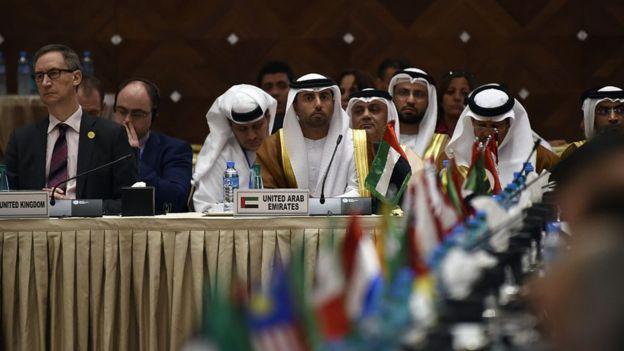
Opec agreed in principle to a new production target in September
Why? Well, there are thought to be very high levels of stocks in storage around the world - thought, because it is not clear how much the Chinese and Russians have set aside.
It's also because traders know that a sustained rise towards the $60 range is going to bring back those shale producers. The North American industry has slashed at costs too. After its fracking rig count was cut back sharply, and onshore drilling fell in the past two years by 74%.
So the Saudi tactic worked. But America is now poised to go frackers once more, getting back to work at a lower break-even price, and with a president-elect who has been keen to boost domestic energy production.
The Douglas-Westwood consultancy suggests that the capital cost of US shale has been cut by 40% per barrel since the boom times before the price decline began in 2014. Deep water capital costs have fallen too, but by only half that rate.
A calculation by oil analysts at SEB, the Nordic business bank, suggests that a cut of 1m barrels per day by Opec should push the price up to around $55. And it went on to forecast a consequent rise in US shale production of half a million barrels.
So the Douglas-Westwood longer-term projection is for North American production returning to its 2015 levels by 2020, rising to a whopping 17m barrels per day by 2022.
Taps off
That's one of the better prospects for meeting supply as older reservoirs dry up. The hiatus in the industry's investment pattern from the price crash of the past two years has left newcomers with deep water prospects, such as Angola and Brazil, with few big fields in preparation.
It takes a long time and a lot of capital to get them into production. If the price signals are right in the early part of next decade, as global demand rises at around 1% to 1.5% per year, they can be brought into play. That may also be true of fields in UK waters.
But in the meantime, it seems short-term market changes will be met by the taps being switched on and off in the Middle East and North America, as they battle for market share.
And they'll watch closely as the energy balance shifts. Gas is getting more attention, as the relatively clean means of bridging from coal and oil to renewable energy to meet climate change targets.
Energy efficiency is improving rapidly in road transport, while car usage continues to soar in developing nations.
There are plenty people who would like to see dependence on oil cut sharply, but harder to find forecasts that see that happening.
It may represent a smaller share of total energy use, but that would be while energy use rises significantly - a smaller share of a fast-growing total.
- Published30 November 2016
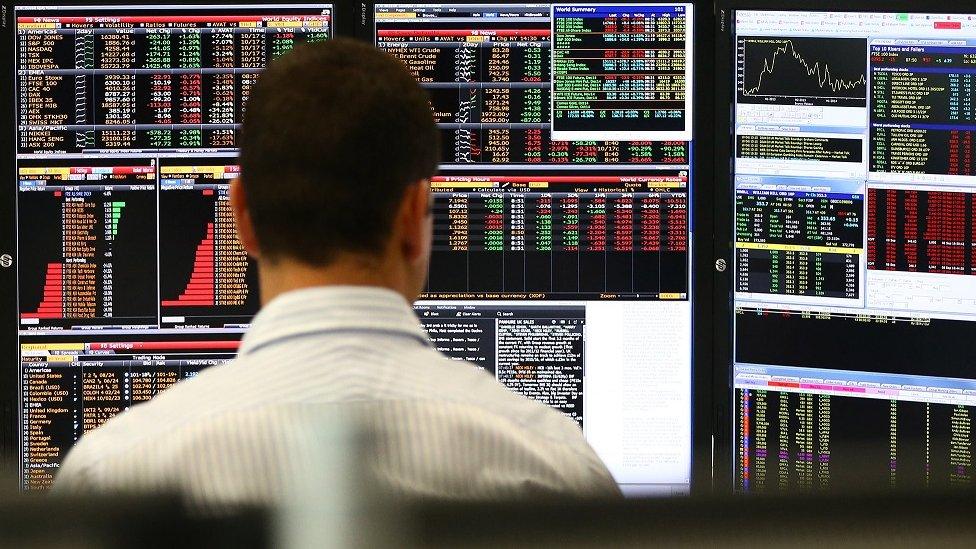
- Published29 November 2016
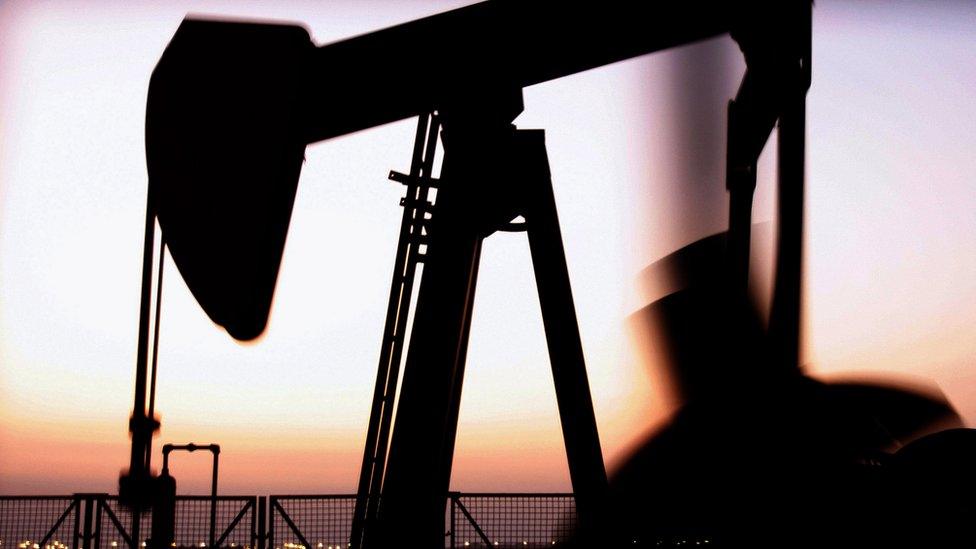
- Published29 November 2016
